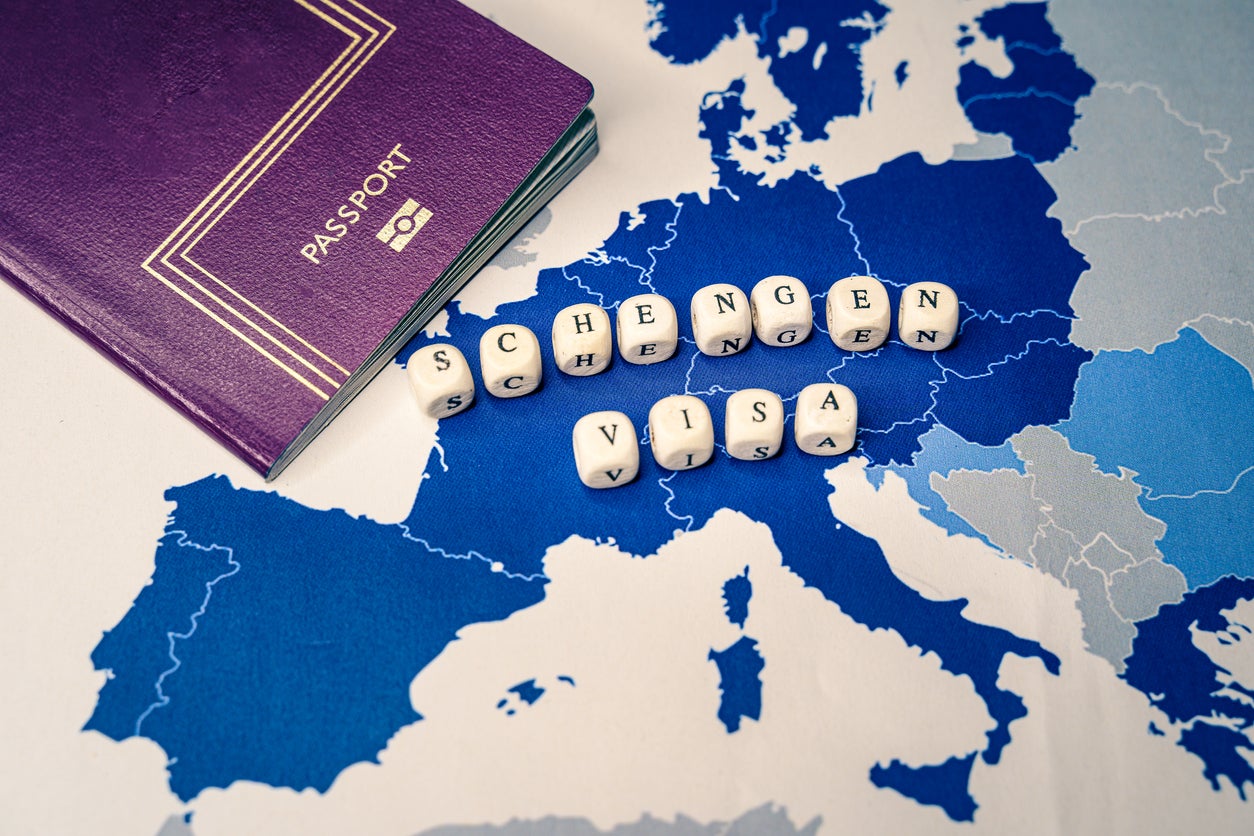These two countries are joining the Schengen Area: what will it mean for travellers?
The two eastern European nations made a breakthrough in their bid to join the Area in late 2023
Your support helps us to tell the story
From reproductive rights to climate change to Big Tech, The Independent is on the ground when the story is developing. Whether it's investigating the financials of Elon Musk's pro-Trump PAC or producing our latest documentary, 'The A Word', which shines a light on the American women fighting for reproductive rights, we know how important it is to parse out the facts from the messaging.
At such a critical moment in US history, we need reporters on the ground. Your donation allows us to keep sending journalists to speak to both sides of the story.
The Independent is trusted by Americans across the entire political spectrum. And unlike many other quality news outlets, we choose not to lock Americans out of our reporting and analysis with paywalls. We believe quality journalism should be available to everyone, paid for by those who can afford it.
Your support makes all the difference.In December of last year, the interior ministries of both Romania and Bulgaria announced that the countries would be joining the European Union’s Schengen Area.
This border-free zone facilitates free movement between countries in the EU, allowing around 400 million citizens the right to uninterrupted passage between member states.
Croatia was the last nation to join, with their application accepted in 2022, and the inclusion of Romania and Bulgaria – who have been EU member states since January 2007 – further extends the zone into eastern Europe.

Austria had previously opposed the two countries joining due to what they perceived as high levels of illegal immigration, though the three parties reached an agreement late last year.
Both countries will be joining ‘by air and sea’ by the end of March 2024, meaning that there will be free movement to those arriving on flights or by boat. It is still undecided when the land borders will be opened up.
So what does this mean for those travelling to and from these countries?
What is the Schengen Area?
The Schengen Area is a zone in Europe that allows free movement between the 27 member countries – in other words, there are no checks when travelling across their borders.
It is defined by the European Commission as an area that “guarantees free movement to more than 400 million EU citizens, along with non-EU nationals living in the EU or visiting the EU as tourists, exchange students or for business purposes.
“Free movement of persons enables every EU citizen to travel, work and live in an EU country without special formalities. Schengen underpins this freedom by enabling citizens to move around the Schengen Area without being subject to border checks.”
The area was created in 1995, after the signing of the Schengen Agreement 10 years earlier by the original 10 member states.
In addition to the lack of border checks, it also allows harmony in the entry and visa rules of its member countries, something that is changing with the introduction of the Etias system.
Which countries are currently in the Schengen Area?

The Area currently contains 27 countries, while the addition of Romania and Bulgaria will take it to 29.
As it stands, the following countries are members: Austria, Belgium, Czech Republic, Croatia, Denmark, Estonia, Finland, France, Germany, Greece, Hungary, Iceland, Italy, Latvia, Liechtenstein, Lithuania, Luxembourg, Malta, Netherlands, Norway, Poland, Portugal, Slovakia, Slovenia, Spain, Sweden, and Switzerland.
The addition of Romania and Bulgaria will mean that Ireland and Cyprus remain the only EU nations that aren’t part of the agreement. Four non-EU states – Iceland, Norway, Switzerland and Liechtenstein – are also members.
Which countries are joining the Schengen Area, and when?
Both Bulgaria and Romania will be joining the Schengen Area ‘by air and by sea’ by 31 March. This means that their air and sea borders will be included in the agreement.
There is no set date for the land borders to be included, with talks set to continue into 2024.
There are strict criteria for joining the area, including taking “responsibility for controlling the external borders on behalf of other Schengen countries” and “efficiently cooperating with law enforcement agencies in other Schengen countries, to maintain a high level of security, once border controls between Schengen countries are abolished”.
What will this mean for travellers?
For EU residents and travellers arriving into Bulgaria and Romania from other countries in the Schengen Area, there will be no passport checks if entering on flights, ferries or cruises.
There will still be checks if entering via land borders, such as on coaches, trains and in cars.
Little will change for British travellers hoping to visit these two countries. Anyone visiting cities such as Bucharest and Sofia will be subject to the same passport checks that are in place throughout Europe, unless they themselves are arriving from a Schengen Area country.
It is important to remember that the rule specifying that non-residents can only stay in the EU for a maximum of 90 days within a 180 day period without a visa will also now apply to both Romania and Bulgaria, and visits to these two nations will count towards the 90-day limit.
These countries also have the same passport validity requirements used throughout the EU. When entering, your passport must have a ‘date of issue’ less than 10 years before the date you arrive, and an expiry date of at least three months after the day you plan to leave.

Join our commenting forum
Join thought-provoking conversations, follow other Independent readers and see their replies
Comments